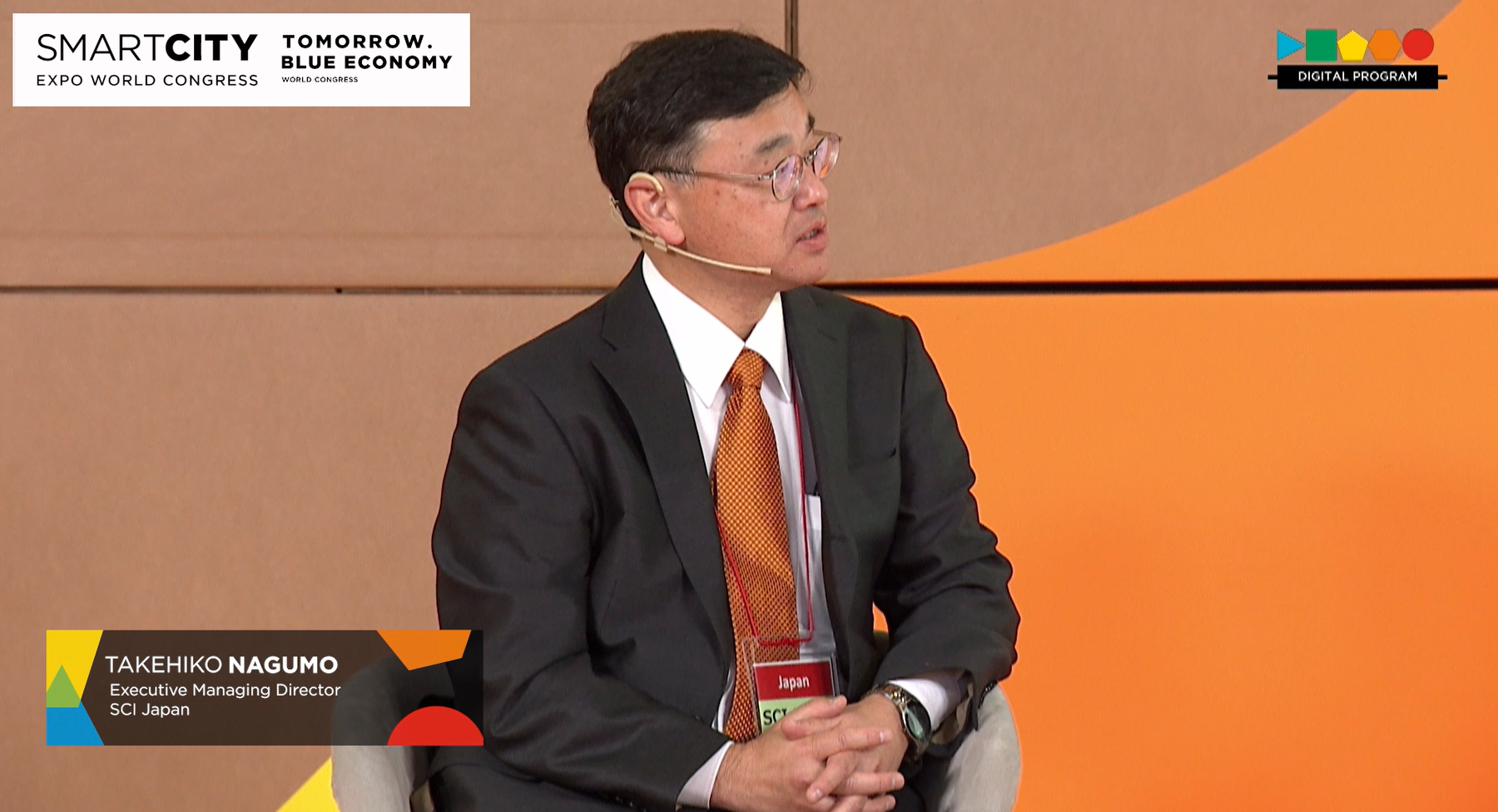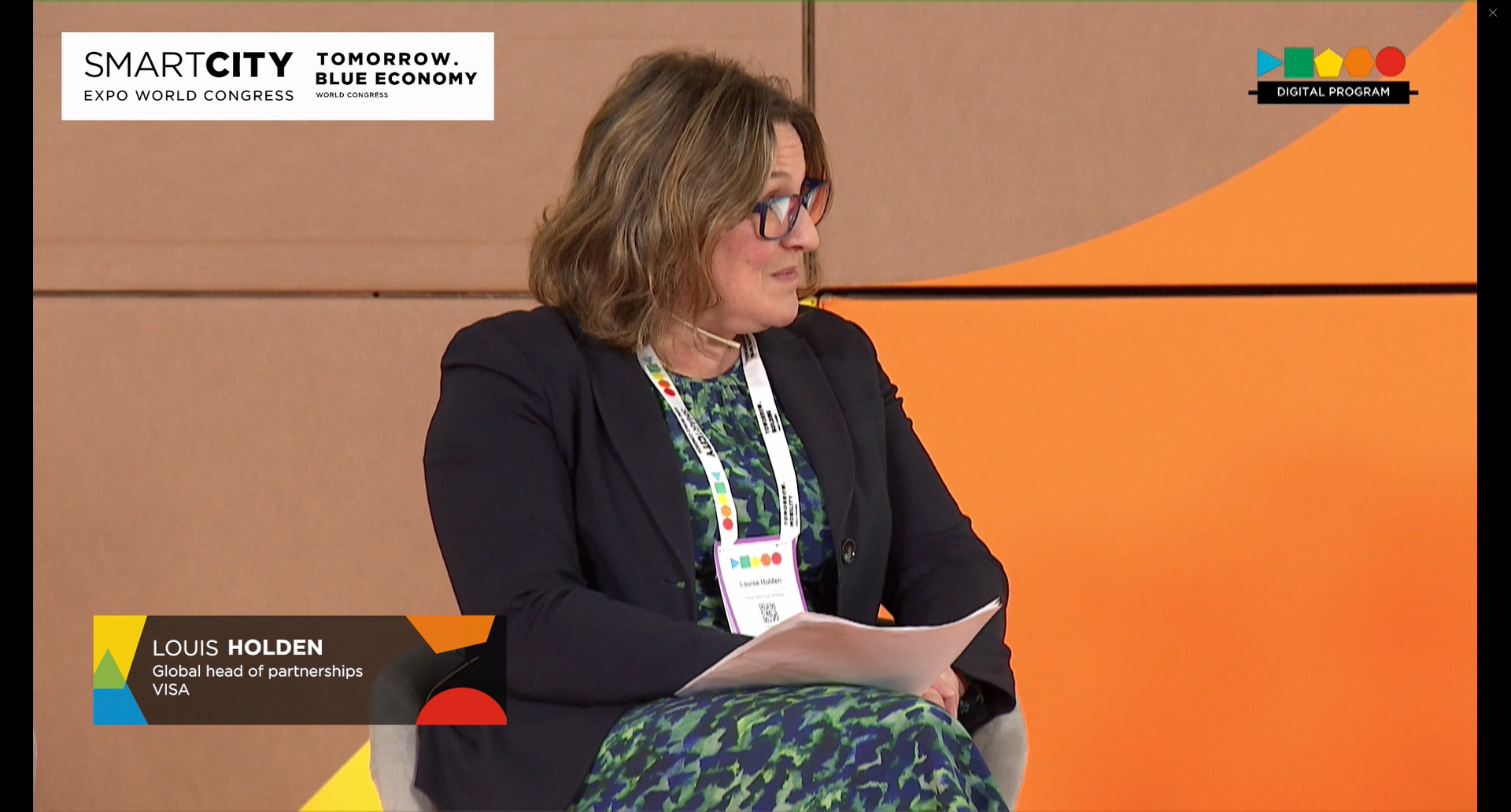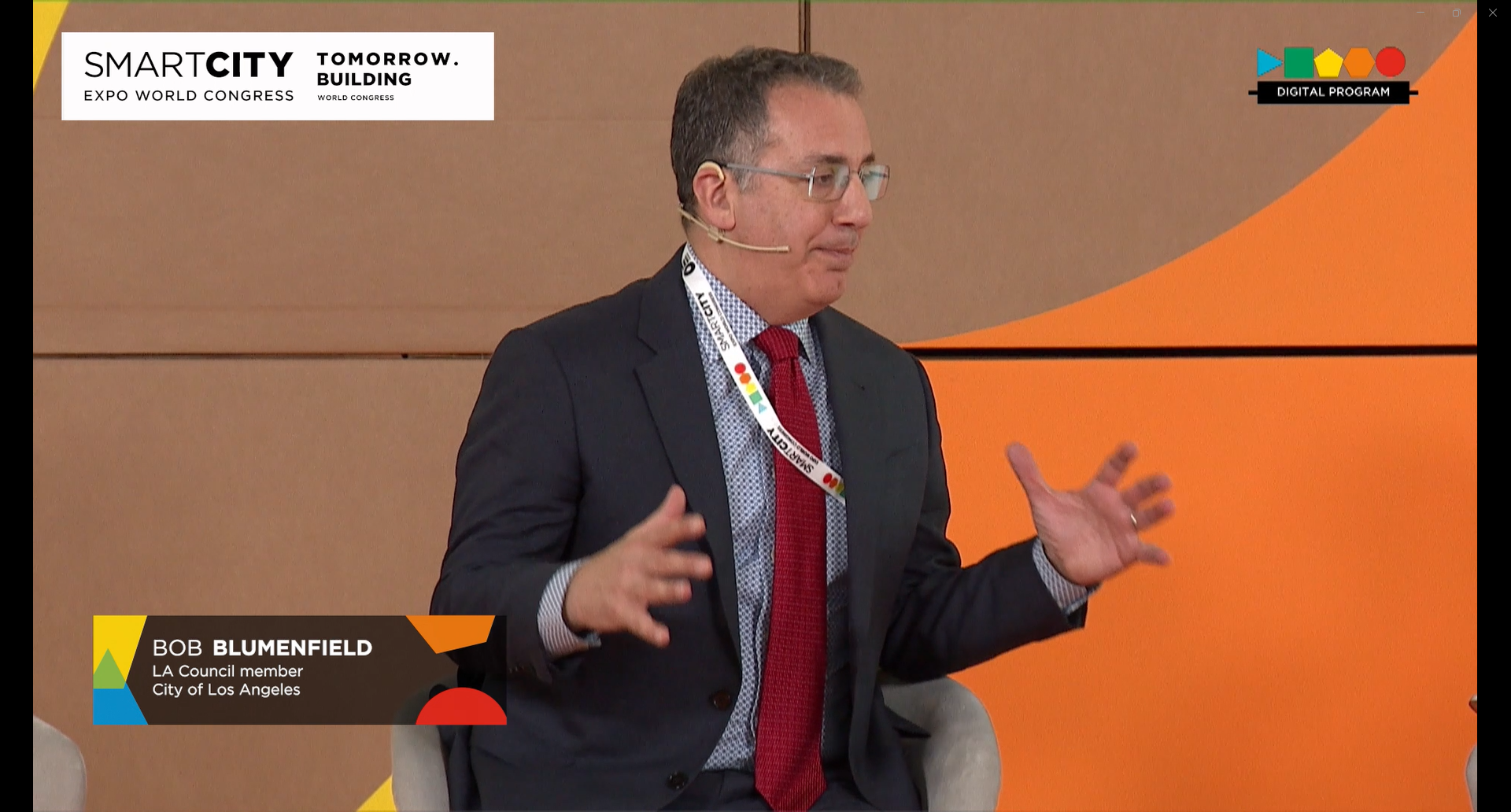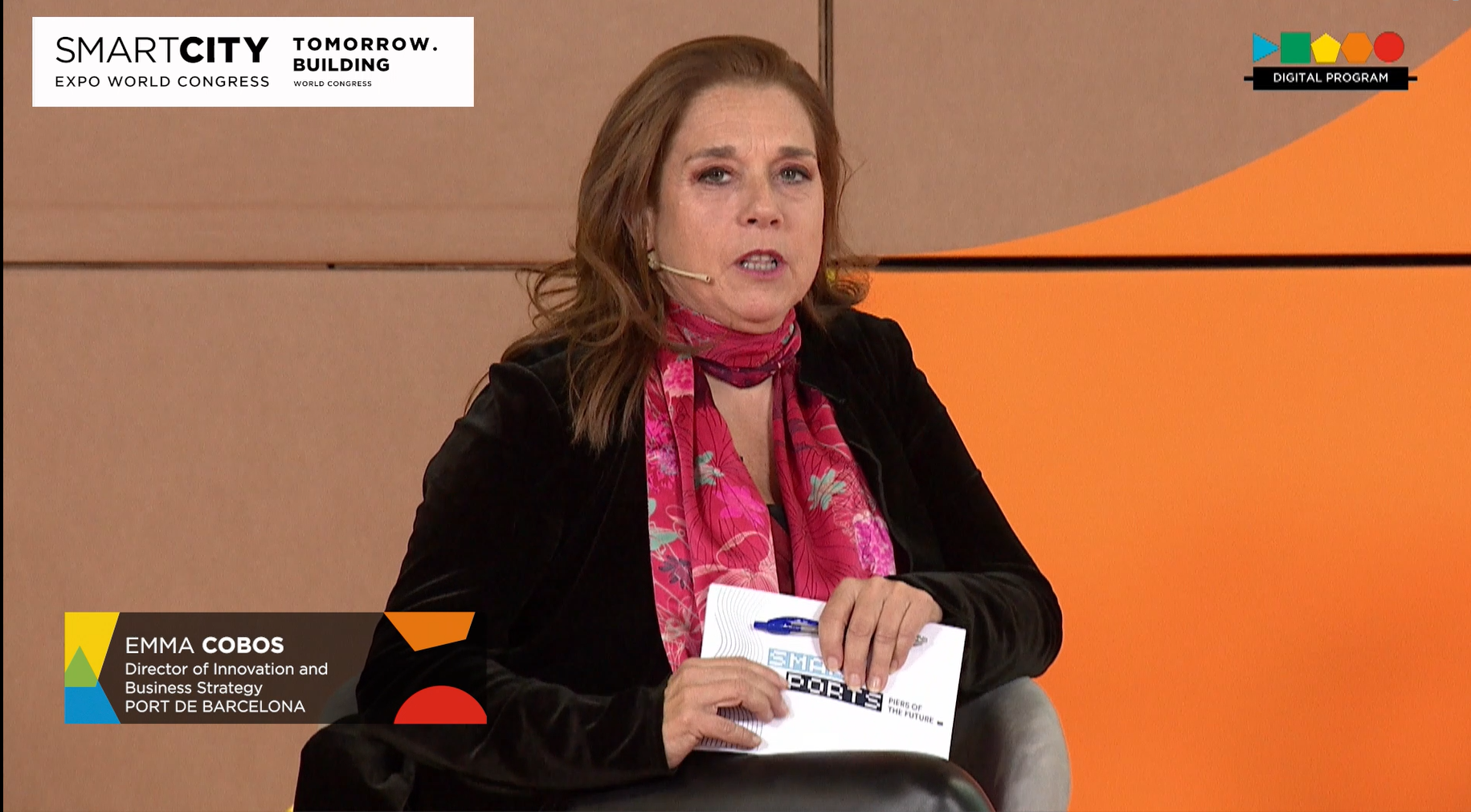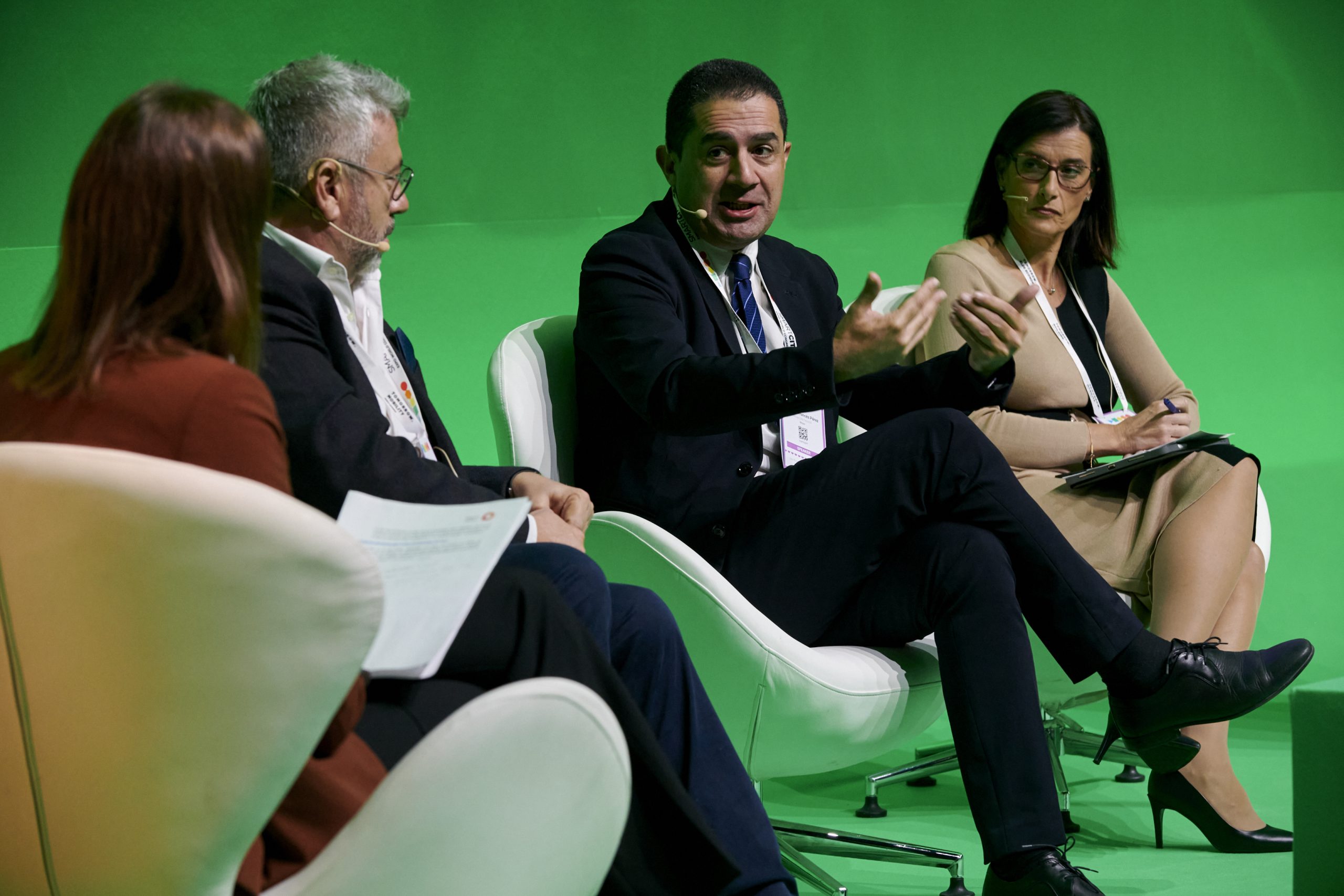Author | Jaime Ramos
The United Nations Conference on Trade and Development (UNCTAD) has been defending a more accurate measurement of economic potential based on capacity and not so much on periodic results for some time now. It has therefore launched a new index, the PCI, with the added aim of tackling poverty and promoting economic diversification.
What is the Productive Capacities Index (PCI)?
The Productive Capacities Index is a new tool created by the UNCTAD and designed to offer a multidimensional diagnosis of countries’ economic capacity. It therefore takes into account "the productive resources, entrepreneurial capabilities and production linkages that together determine a country’s ability to produce goods and services that will help it grow and develop."
The most significant aspect of the PCI is that it not only presents an analytical perspective for countries, with their strengths and weaknesses, but also proposals to harness the economic growth potential and sustainability for each area.
What does the new Productive Capacities Index take into account? Its eight categories

The UNCTAD collected information between 2000 and 2018 to prepare the new index taking into account up to 46 economic indicators in 193 countries.
Within the methodology that seeks to measure economic potential, the index is based on eight qualitative categories:
- Human Capital.
- Natural Capital.
- Energy.
- Transport.
- Information and Communication Technology (ICT).
- Institutions and political situation
- Private Sector.
- Structural Change.
All the data has been collected from these eight categories to obtain a more detailed analysis of growth potential.
What countries are best positioned in the PCI?

Once the information was collected, the PCI identified the United States as the economy with the greatest potential, with a score of 50.51. Chad obtained the worst result with 17.14 points.
This was to be expected. However, the index has helped to provide a clearer picture of potential by areas of the world. For example, it illustrates how East Asia has undergone a transformation with enormous potential that goes beyond China and that it is above average in terms of productive capacity, transport and structural change.
What is the importance of the United Nations PCI index?

The need to develop new economic strategies beyond theoretical concepts is crucial in these times in which certain global trends have been affected, not just by technology variables, but also other external factors. Unsurprisingly, the pandemic, the supply crisis or the sustainability challenge have all disrupted many expectations.
In this regard, classic indexes may once again prove to be limited in terms of producing forecasts that better illustrate the actual situation of economies. This is even more significant if we focus on specific areas and regions or the specific features of megacity environments.
However, adapting to more efficient strategies applies not only to megacities, but to virtually the entire urban setting. In fact, according to the consulting firm McKinsey, "medium-size" cities in emerging markets are set to account for 40% of global growth by 2025.
When GDP is insufficient
Macro-economic indicators such as Gross Domestic Product (GDP) or GDP per capita have been around for decades. Their existence and interpretation have reached periods that are almost dogmatic. According to some experts, helplessly submitting to them could favor periods of collapse.
The creator of the modern concept of GDP himself, Simon Kuznets, proclaimed this on numerous occasions throughout his career. Despite the usefulness of GDP, the economist believed that it could not be extrapolated to unravel actual economic and social wellbeing. On the one hand, he understood that "the goals to increase production should specify what production and what for"; on the other, he indicated that no measurement of income could estimate "the intensity and dissatisfaction of the effort that it takes to increase that income".
This message has remained and, once we reached the new millennium, the United Nations had spent years trying to change economic models based on growth, for others such as the doughnut economy, that take into account the eradication of poverty or the earth’s resources. Making this change involves changing the glasses with which we observe the economy.
Why is the UNCTAD PCI index better?
The UNCTAD itself explains this as follows:
"(…) single variables or indicators, while important in measuring progress, do not provide indications of the sources of change or the underlying factors driving performance, such as the growth or development potential of countries. Despite the challenges, UNCTAD successfully developed a composite index, which is methodologically and statistically sound, to measure the level of productive capacities and gaps".
The different regions of the African continent can benefit greatly from the new index. According to the director of the UNCTAD division for Africa and less developed countries, Paul Akiwumi, the great comparative advantage of the PCI is that it adapts to each country:
"There is no universal blueprint to foster the development of productive capacities and structural economic transformation. Policies should be homegrown and based on country-specific constraints, opportunities and comparative advantages".
Therefore, the PCI is set to serve as a guide to harness the dormant economic potential and identify whether projects such as Itana, in Nigeria, could be key to discovering another form of growth. Although there are major differences between countries, the analysis of the new PCI provides some encouragement in terms of there being an improvement trend among groups of countries.
Because, as illustrated, economic resilience should be based on a more in-depth knowledge of the factors involved. Combined with new information technologies, the new UNCTAD tool is set to become a universal economic index.
Images | Freepik/bearfotos, UNCTAD, Freepik/usertrmk, Freepik/chandlervid85
















